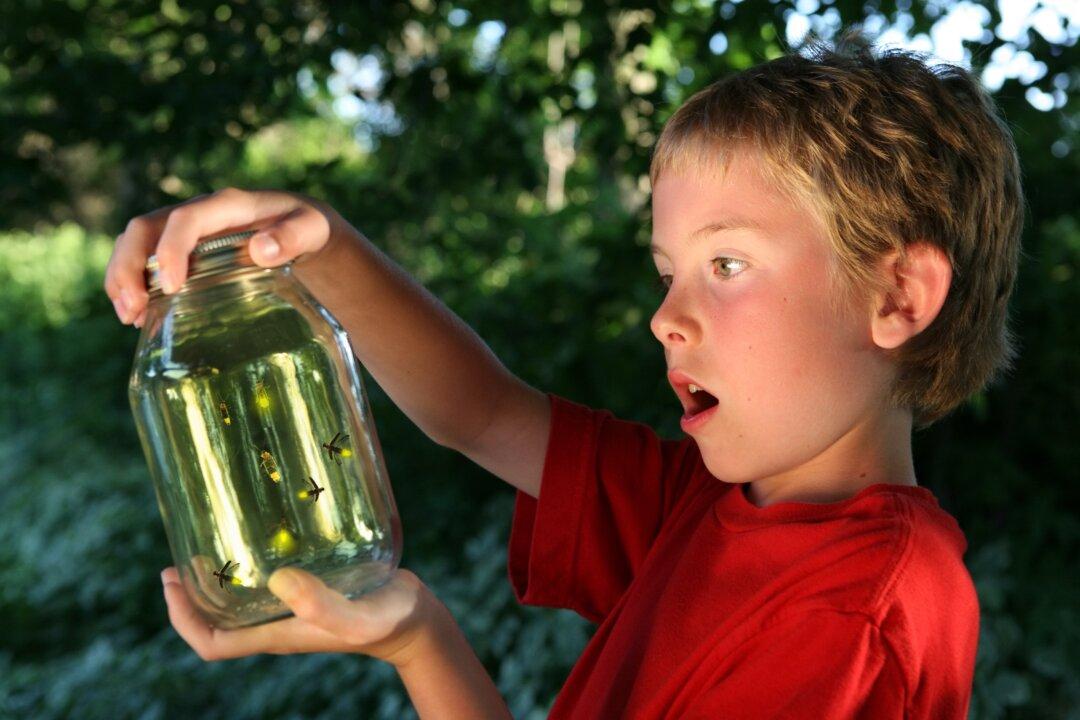This wasn’t the first time one of my students had brought up a topic related to spirituality or religion. In fact, I’ve found during my years of teaching that most of my students were both curious about and eager to discuss these subjects—a bit of a conundrum when schools generally consider these to be taboo subjects.
The Case for Discussing Spirituality in Schools
Research suggests that spirituality may be a natural developmental process—so what does this mean for secular schools?

Students are curious about and eager to discuss spiritual subjects—a bit of a conundrum when schools generally consider these to be taboo. Monkey Business Images/Shutterstock
|Updated:

